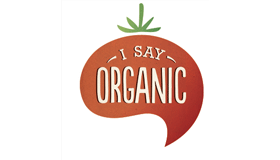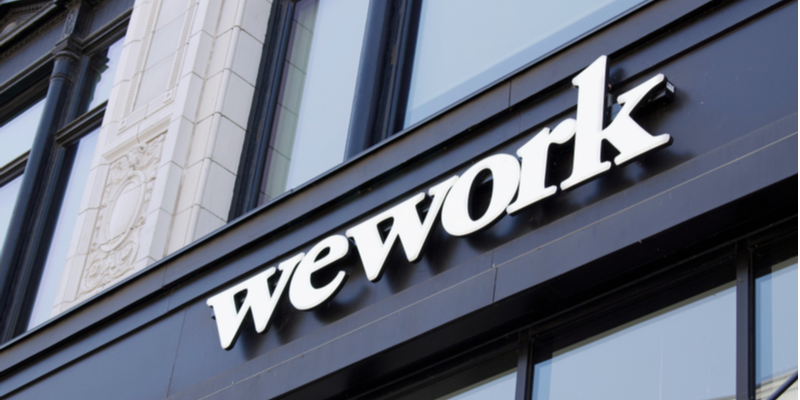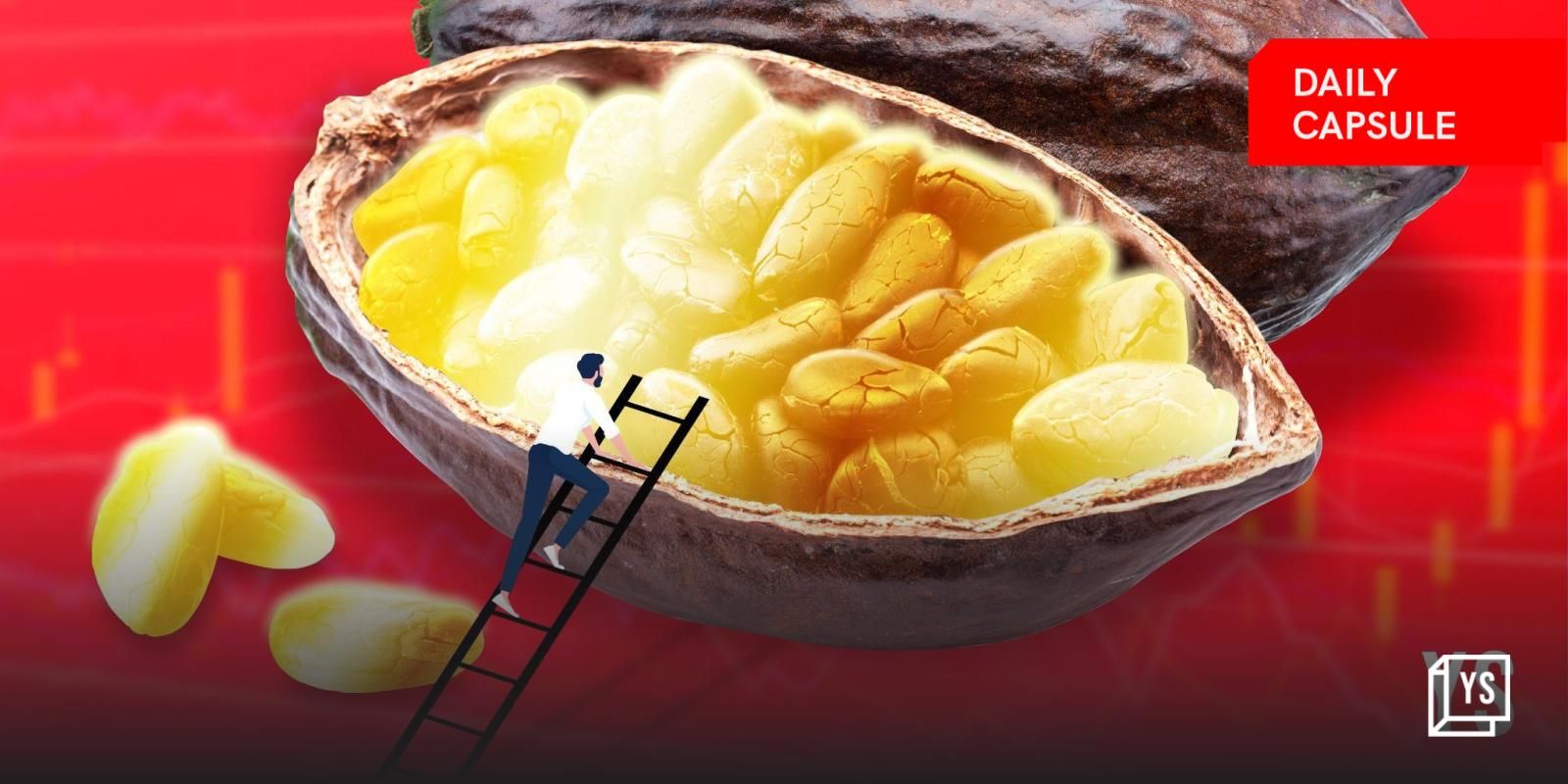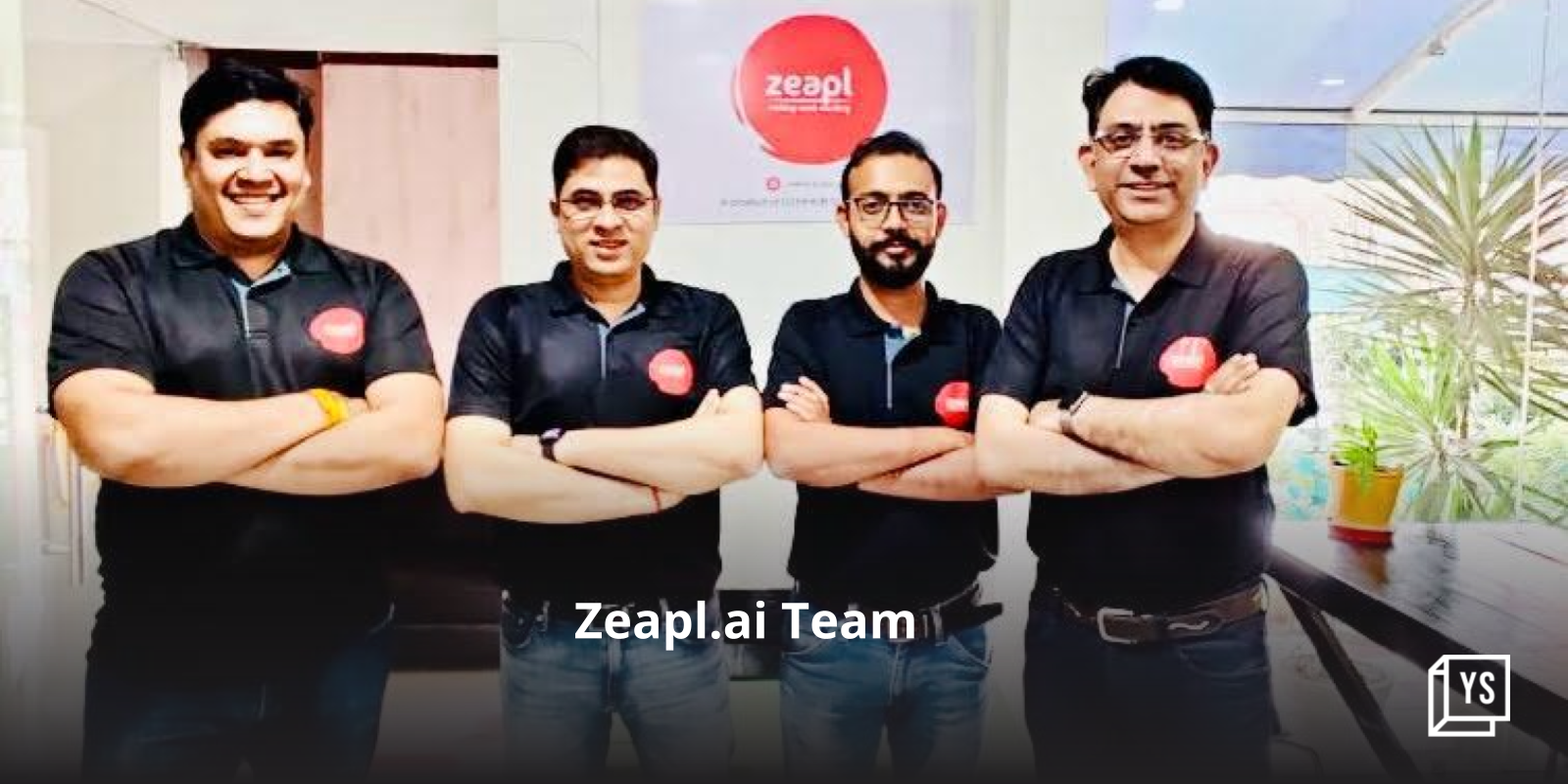Connecting the Dots for Wealthy Farmers and Healthy Consumers: ISayOrganic and Jagriti Agro Tech

Ashmeet Kapoor had initially relocated back to India from the US to work in rural electrification. However, after travelling across the country through the Jagriti Yatra, which also provided him the opportunity to stay in a village in the Deoria district in eastern Uttar Pradesh, the importance of rethinking agriculture became apparent. Thus, ‘Jagriti Agro Tech’ was born to address the problems in the fresh produce supply chain ecosystem.“When we looked at the state of the food industry, specifically the fresh produce segment, the entire system highlighted a very grim situation; not only for the farmers, but also the end consumer. No monitoring for food safety, no pesticide control, 30-40% wastages, not to mention a 600% price hike between the farmers and the consumer. Having studied the whole ecosystem thoroughly, we are confident we have come up with a comprehensive model that connects all the dots to ensure that farmers prosper, and customers get easy access to reliable and good quality produce. We promote organic farming, closely study market demands based on which farmers plan their fields, and supply this produce directly to customers through home deliveries at market prices. Farmers are paid a premium and customers get affordable organic produce right at their doorstep,” says Ashmeet on the thought process behind his business idea.
Ashmeet speaks to YourStory on his agriculture focused social enterprise, Jagriti Agro Tech, and the Organic farming space.

YS: How did the idea of ‘I Say Organic’ come about?
It started with observing the certain problems and coming up with their solutions:-
- Farmers hardly make any profit – 1) mostly grow wheat/rice which doesn’t fetch much revenue while only allowing 2 crops a year, so the income comes only twice a year. 2) Do not plan their field based on market demand, they grow what their family has grown traditionally and hardly experiment with new crops. 3) There is a 4-6 fold difference between what farmers get and what consumers pay.
Our solution: Demand based growing, crop diversification, and market linkages. Also, by taking horticulture crops, small farmers can easily take 4-6 crops a year and hence have a regular source of income. Organic farming is another important piece of the solution, as it drives down farming cost. Higher revenue + lower cost = higher profits
- The food chain is horribly inefficient, with up to 40% wastages in the fresh produce segment. The culprits being, lack of proper storage and transport infrastructure, and 4-6 middlemen (when produce goes through so many hands, there will obviously be wastages – if you go to a mandi and see how produce is handled this will become apparent – it’s in boris and being thrown around). All this while there is hardly any refrigerated transport or cold storages. The cold storages are used primarily for storage crops like potatoes.
Our solution: Direct market linkages. We pay our farmers 25% more than the mandi – the direct link makes this possible. On the spoilage side, we have set up a cold storage in our warehouse, which means the vegetables can stay as fresh as they were at the time of harvest before they are delivered to a customer.
- There are currently no regulated food safety norms. There is apparently a bill that is ready, but it hasn’t been implemented yet. Vegetables like eggplant, spinach, tomato are sprayed or injected with 30-50 different kinds of chemicals or pesticides. The consumer is not aware of this, though there is a general understanding in the masses that eating chemicals is not good for them. However, all consumers (even the high income group) are very stingy with what they want to spend on their food. Even if they are driving a 50 lakh car, they mostly don’t want to spend beyond what they currently spend.
Our solution: Affordable Organic produce, as opposed to that available in the market with 100-150% premiums.
As you can see, our model has been developed to tie in social, economic, and health problems that exist in agriculture and food. Because of the focus on organic agriculture, environmental benefits also automatically kick in.
What was the existing scenario when you started in Delhi?
There were/still are around 20 retailers who deal in fresh organic produce. They operate on a small scale (serving around 100-200 customers). The biggest hindrance to their growth is their high prices, which are a result of low volumes. They have a small, dedicated base, that is fine paying a high premium, but it is not possible for these companies to scale beyond this (some of them have been in this business for over 5 years). As I mentioned before, even the high income group is not comfortable paying more for their vegetable budget. If all we rely on is awareness, then it will take at least a decade to have a significant customer base that chooses organic. We believe that by making it competitively priced, the growth can be accelerated. Essentially, we want to make organic an obvious choice – if I can get it in the same budget that I currently have for vegetables, why would I choose to eat chemically grown vegetables?
Our daily target volume is 2000 Kg. This scale lets us offer 50-75% lower prices, which dramatically increases our customer base, hence making growth a very viable option.

This is not just about farmers; it’s about the customers too. How do you attract and retain customers for your organic produce home delivery service?
I Say Organic also stresses on convenience for the customer by planning supplies in a manner by which we always have high demand items in stock and offer quick home deliveries. All other retailers offering home deliveries typically source based on bulk orders; which means customers have to wait for up to 5 days to receive the order. For a basic commodity like vegetables, this is not acceptable. Only a very small niche that is really particular about eating organic is the target of our competitors. Majority of these people have also switched to us for the convenience and price benefit. Our delivery service is structured so that people can get their orders delivered quickly. We have 2 delivery time slots in the day (morning and evening) and are open 7 days a week.
How does Jagriti Agro Tech play into I Say Organic?
I Say Organic is the brand we are developing for our vegetables, fruits, and future products including dairy, spices, and non perishables that we will offer.
Jagriti is the farmer facing front of the company, while I Say Organic is the customer facing front. Sadly, the customer does not care about farmers – they might say they care or want to care or think they care, but this is not reflected in their buying choices. The Indian consumer is still completely oblivious about the concept of “fair trade”. So we realized there is no point talking about how we benefit farmers with them. All we want to sell is quality, affordability and convenience – hence a different brand name.
Plans for the near future?
We want to get to 300 sales a day by May this year. Thereafter, we will begin increasing our product portfolio. Also, we have a farmer base in Haryana. We are trying to get a base in 2 other locations, so that we can have more reliability and variety in our supply. With one location, if there is a transport strike, or heavy rain – among a hundred other things that can happen – it means our business will shut down for a few days. So having multiple locations is essential.
What do you think of their business model? Do share your thoughts by commenting below. Click here to visit I Say Organic website.










